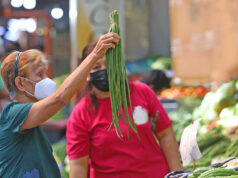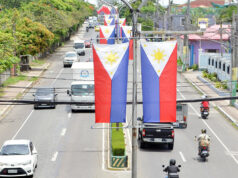How to make classical music less intimidating
CLASSICAL music is often described as being “high culture,” “elite,” and “unreachable.” For Cultural Center of the Philippines (CCP) president Nick Lizaso — who described himself as a “layman” — these tags should be dropped and everything should be referred to simply as “music.”
“It’s just music, and it speaks to you. You don’t understand Mozart? It’s okay. But do not be afraid to listen to him. You may not understand everything, but somehow, I know it will speak to you. Music is a universal language after all,” he said.
And, once music does speak to you — when it tugs at your heart, makes you emotional, or reminds you of something — that’s when you start to research about it, learn about it, and appreciate it, said Mr. Lizaso on Aug. 1 during a press conference at the Manila Hotel for the CCP’s resident company, the Philippine Philharmonic Orchestra (PPO) and its series of concerts.
It’s a matter of giving it a try, said Mr. Lizaso, after all, he noted, classical music is accessible via YouTube and Spotify. But then, listening to the music online is only an initiation because, as far as Mr. Lizaso is concerned, orchestra music is best enjoyed live, like theater.
“You can always listen to digital music, but it is a different experience [to hear it in a live performance],” he said.
Meanwhile, in its quest to spread the gospel of classical music and make it more accessible and less intimidating, the Philippine Philharmonic Orchestra will be holding many free outreach concerts in different parts of the country.
Just this month, on Aug. 3, the PPO performed at the University of Baguio, and on Aug. 29 it will visit Malolos Bulacan. It will be holding free concerts on Nov. 23 and 24 in Davao, Dec. 8 in UP Diliman, Dec. 20 in Nueva Ecija, and Jan. 29, 2019 in Bacolod.
Not only does the PPO bring its music to public spaces, but as much as possible it reinvents its repertoire to accommodate all kinds of music. If PPO associate conductor Herminigildo G. Ranera is the conductor for a certain concert, he said his repertoire is usually composed of 30% pop music, 30% Filipino and Broadway, and 30% classical music.
“We ask people what is ‘in’ today? It’s a challenge to convert pop to symphonic [music], but it’s fun,” said Mr. Ranera. — Nickky Faustine P. de Guzman



